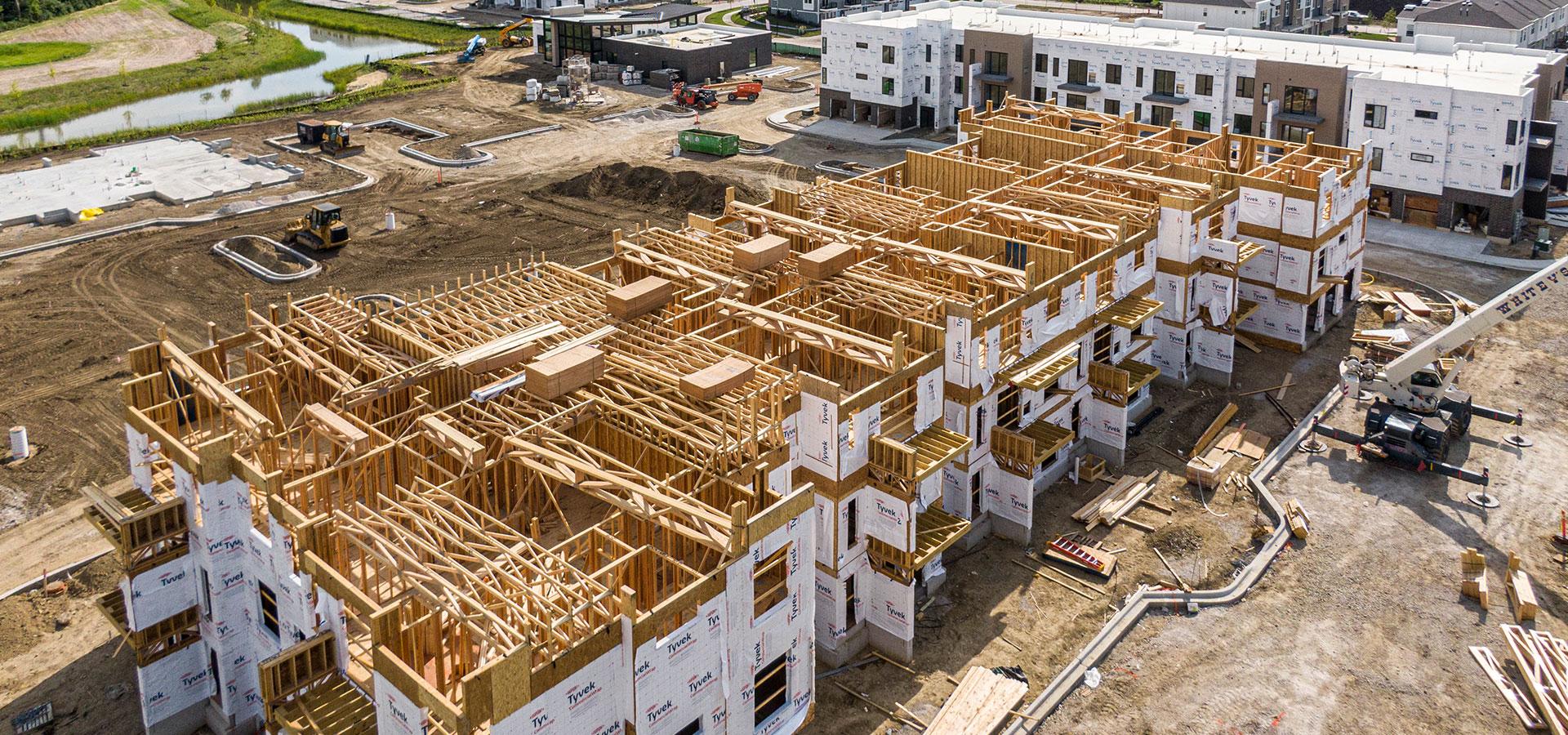Lumber prices have been on a sharp incline during the pandemic and hit an all-time high this month. From its 2020 low point back in April, the commodity has risen to over $900 per 1,000 board feet, which is an increase of over 130%.
What’s causing this exponential rise in material cost? Several factors are contributing to the situation, all of which involve supply and demand. Mills closed this past spring due to pandemic measures enacted by state and local governments (i.e. stay-at-home orders, social distancing requirements). Lumber prices actually fell early in the COVID-19 pandemic and seeing this, mills anticipated a large drop in demand. As a result, those mills that remained operational had significantly reduced production. To put numbers on it, we’ve experienced one billion less board feet produced year-to-date versus last year, equivalent to 37,000 truckloads of lumber.
On the demand side, housing construction ended up weathering the storm, and the anticipated drop in demand lasted less than 30 days. In fact, single-family home construction, which is always a driver of the lumber market, has seen significant increases of new starts since that initial drop. Simultaneously, heightened demand from do-it-yourselfers and big box retailers increased dramatically during the pandemic, further stressing the supply chain.
The normal lumber supply and demand relationship has been turned on its head. Demand for lumber is very high and COVID related production issues have created problems in getting product to market. This is a supply issue, and once the pipeline gets satisfied, pricing will ease. In fact, if you look at the chart we have attached that was published by the National Association of Home Builders, you can see that there are signs of a potential correction in lumber pricing in the coming months based on the futures index.
At Cadence McShane, we are closely monitoring this situation and offering our clients guidance, as we have throughout our extensive history. We are watching new developments in commodity pricing and analyzing their implications to project costs and viability. Because we also have experience with building multifamily projects utilizing cold formed steel framing systems, we can offer guidance on converting to this construction method when increasing unit density is an option.
When we are engaged early in preconstruction, we can evaluate multiple building product types, construction methods, materials selection and schedule implications for each to combine the benefits of costs and schedule. This process enables the development team to consider the right course for unit density, construction costs and delivery to market.
